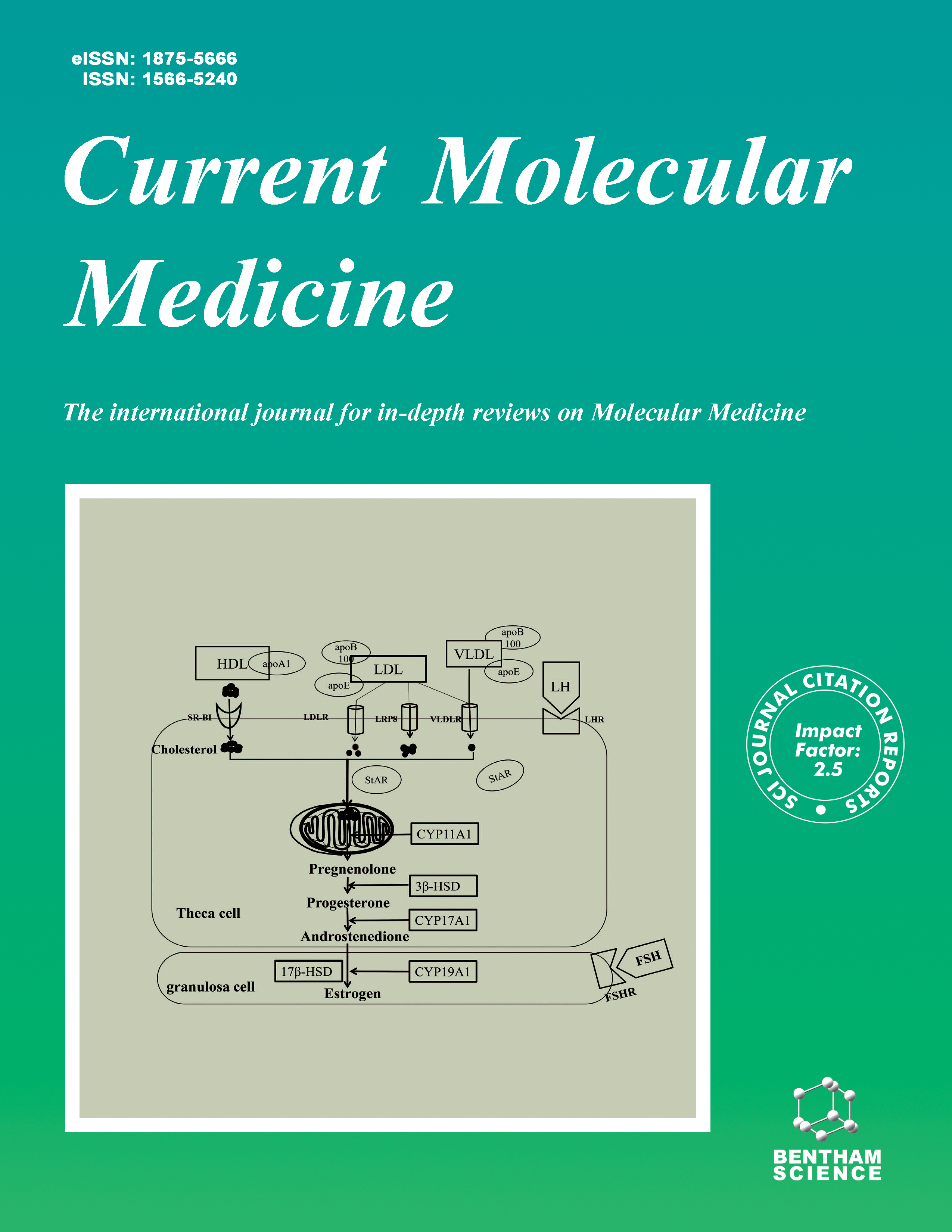
Full text loading...
We use cookies to track usage and preferences.I Understand
The uncharacterized C19orf43 was discovered to be associated with hTR maturation. Our previous work indicated that C19orf43 cleaves distinct RNA types but not DNA. We then named it hTR-interacting RNase (hTRIR) (Uniprot: Q9BQ61). hTRIR works in a broad range of temperatures and pH without any divalent cations needed. hTRIR cleaves RNA at all four nucleotide sites but preferentially at purines. In addition, hTRIR digested both ends of methylated small RNA, which suggested that it was a putative ribonuclease. Later, we designed more nucleotides that methylated small RNA to determine whether it was an exo- and/or endoribonuclease. Unlike RNase A, hTRIR could digest both ends of methylated RNA oligos 5R5, which suggested it was potentially an endoribonuclease.

Article metrics loading...

Full text loading...
References


Data & Media loading...

